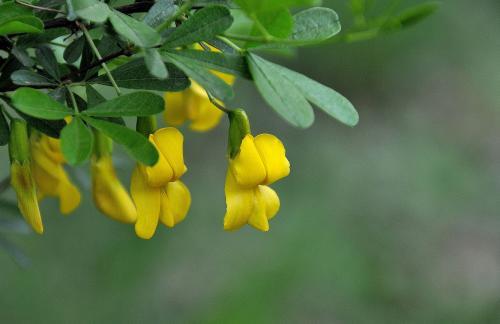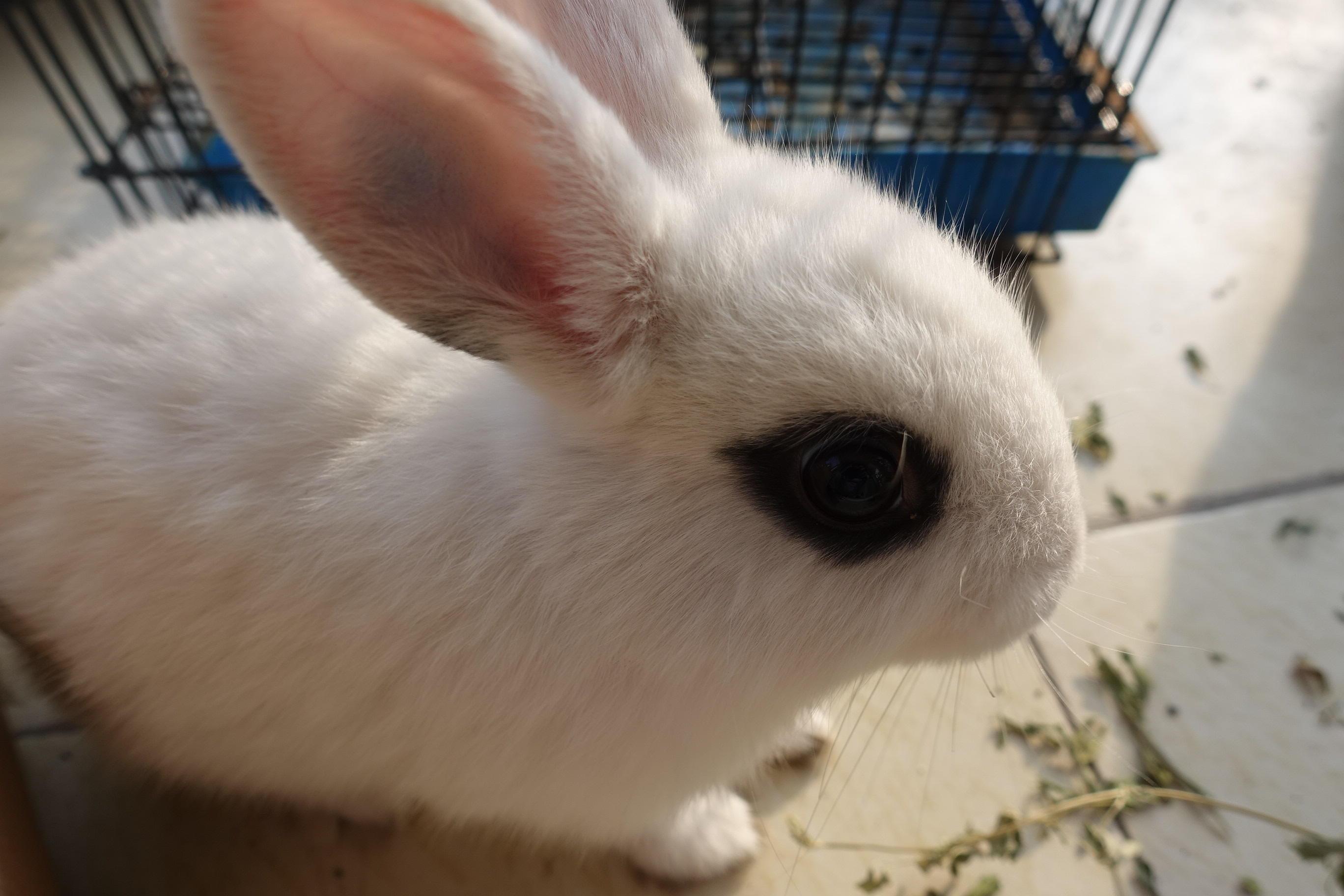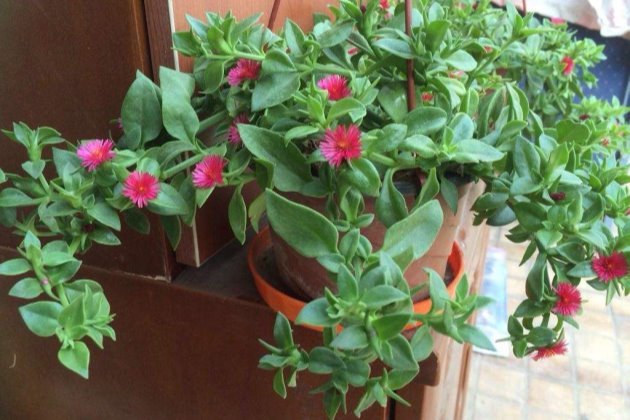This kind of wild flower was also used by the ancients as the name of the dynasty. It belongs to high-grade wild flower and is suitable for gift giving.

Broom, also known as Purple Finch, is a creeping herb of Leguminosae and Purple Finch, 10-20 cm high and sparsely pilose. Rhizome filiform, rooting at nodes, with nodules. The tip of the valve is slightly pointed, and the side is divided into two valves, such as a flying sparrow, golden in color, hence the name "broom". Born in forest edge grassland, hillside, roadside wasteland, 2000-3000 meters above sea level. Produced in Sichuan, Yunnan, Xizang. India, Nepal, Bhutan, Sri Lanka, Myanmar, Thailand, Malaysia and eastern Africa are also distributed.
Broom is native to Europe and is a common legume plant in Eurasia. It is more common in northwest and southwest of China. Some are wild, but most of the time we see it as a garden plant, planted in a roadside flower bed. It has root nodules and can fix nitrogen. It is a kind of garden plant that is good for soil. In my impression, there are many on the edge of the outer ring road in Urumqi.
In foreign countries, broom is used very frequently in new courtyards because of its amazing growth rate. As long as the conditions are right, it is not a problem to grow into a fluffy plant of about 3 meters in two or three years. It can achieve the desired design effect perfectly with the fastest speed. In history, there is a famous dynasty, that is the broom dynasty.
The methods of sowing, plant division, cutting, striping and so on are commonly used in the reproduction of canary. Suitable for sunny environment, resistant to drought and barren, but afraid of water and humidity and too shady environment. Its germination is very strong, growing rapidly, in the growing season to often pick the heart, which can not only make the leaves small, but also more buds, more flowering. Cut off the branches that are too long, too messy and affect the beauty of bonsai at any time.
The canary is not afraid of the sun and does not need shade even in the height of summer. However, water retting roots, too much fertilization will make the leaves too large, affecting ornamental, so it is generally not necessary to apply additional fertilization during maintenance, but 0.2% potassium dihydrogen phosphate is sprayed to the leaves when the broom buds are formed to prolong the flowering period. Spend the winter in a cool place indoors or in a sunny place outside.
Broom has many advantages, but it has not been applied in China. This is entirely due to the fact that genistewood plants have never been used in Chinese gardens. Broom has only been introduced into China for trial planting on a large scale from New Zealand for only two or three years. The adaptive planting in Shanghai in recent years has proved that it is fully adapted to the climate of Shanghai, and is gradually being promoted in street green space, and has achieved good evaluation.
Broom contains protein, fat, carbohydrates, vitamins, minerals and other ingredients. Wild vegetable broom is lukewarm and sweet, with the effect of nourishing yin, harmonizing blood and invigorating spleen. Treatment of fatigue, cough, dizziness, waist soreness, women's asthma leucorrhea, infantile dyspnea, breast abscess, fall injury and so on.
- Prev

When a friend sent two rabbits away for five minutes, the succulent plant suffered a loss of more than 300 yuan.
My friend went back to his hometown and sent 2 rabbits to keep with me. Isn't this cute? I didn't expect the thief to be gluttonous. These are the two guys. I went to get them some water. I left them for less than 5 minutes. I put them on the shelf.
- Next

Do you know any of the six common green plants that can survive with a single pinch?
Many people like to grow flowers, but there are also many people who like to grow flowers, but they never try some new fun of growing flowers. Many flower lovers feel that cutting propagation of flowers sounds like a complicated thing, so they themselves.
Related
- Wuhan Hospital Iron Tree Blooming Result Was Instantly Frightened by the Gardener Master
- Which variety of camellia is the most fragrant and best? Which one do you like best?
- What is the small blue coat, the breeding methods and matters needing attention of the succulent plant
- Dormancy time and maintenance management of succulent plants during dormancy
- Minas succulent how to raise, Minas succulent plant pictures
- What are the varieties of winter succulent plants
- How to raise succulent plants in twelve rolls? let's take a look at some experience of breeding twelve rolls.
- Attention should be paid to water control for succulent plants during dormant period (winter and summer)
- Watering experience of twelve rolls of succulent plants
- Techniques for fertilizing succulent plants. An article will let you know how to fertilize succulent plants.

